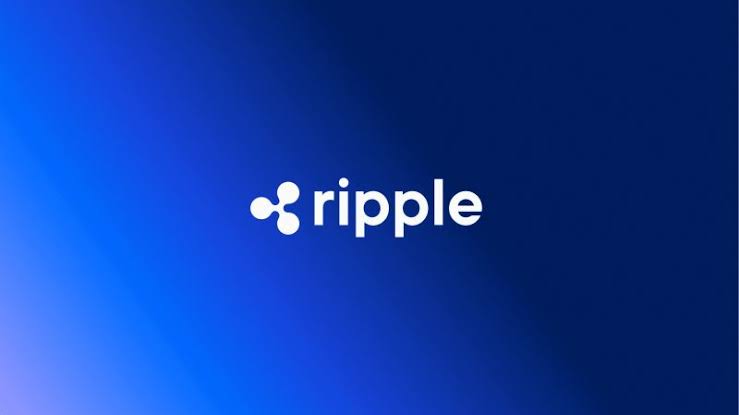Ripple has partnered with Colombian agri-tech startup WËIA and Mercy Corps Ventures to launch an innovative blockchain pilot program to revolutionize agricultural finance for smallholder farmers in Colombia. The six-month pilot leverages the XRP Ledger (XRPL) to create transparent supply chain traceability, potentially transforming the lives of 300 participating farmers.
Over 86% of Colombian smallholder farmers operate in the informal economy without credit histories or transaction records. The lack of documentation has created substantial barriers to financial inclusion, with a staggering 79% of the rural population unable to access basic credit lines.
As a result, these farmers typically earn only 70% of Colombia’s minimum living wage, perpetuating cycles of poverty in rural communities.
How the Ripple Ledger Works
The pilot program integrates WËIA’s blockchain traceability platform with innovative financial mechanisms, built on the XRP Ledger. The solution traces agricultural products from planting to harvesting, providing verifiable sustainability data via QR codes. Each product has a digital record showing where and how it was grown.
The 300 participating farmers are expected to process about 240 tons of panela (unrefined whole cane sugar) monthly. Interestingly, women make up about 46% of these farmers. This is much higher than the national average of 26% for female agricultural engagement.
XRPL’s advantages include carbon-neutral operating, safe and transparent data storage, and quick and affordable transactions.
However, its greatest benefit is the “Farm Now, Pay Later” (FNPL) financing option. It uses the traceability data gathered through the XRPL platform to enable WEIA to offer farmers immediate access to agricultural inputs without upfront costs. This allows them to purchase necessary supplies when planting crops and defer payment until after harvest— a game-changing opportunity for those without traditional credit access.
If successful, this Colombian pilot could become a model for agricultural communities worldwide. The project demonstrates how blockchain technology can move beyond cryptocurrency speculation to address real-world problems in underserved communities.
READ MORE: XCN Price Prediction: Here’s Why Onyxcoin Surged and What Next









